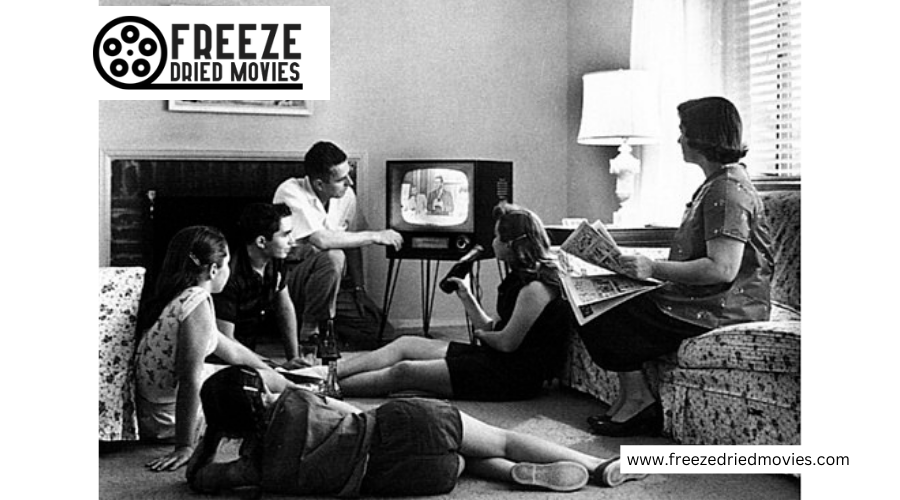Top Award Winning Movies of the 1950s Era: A Decade of Cinematic Triumphs
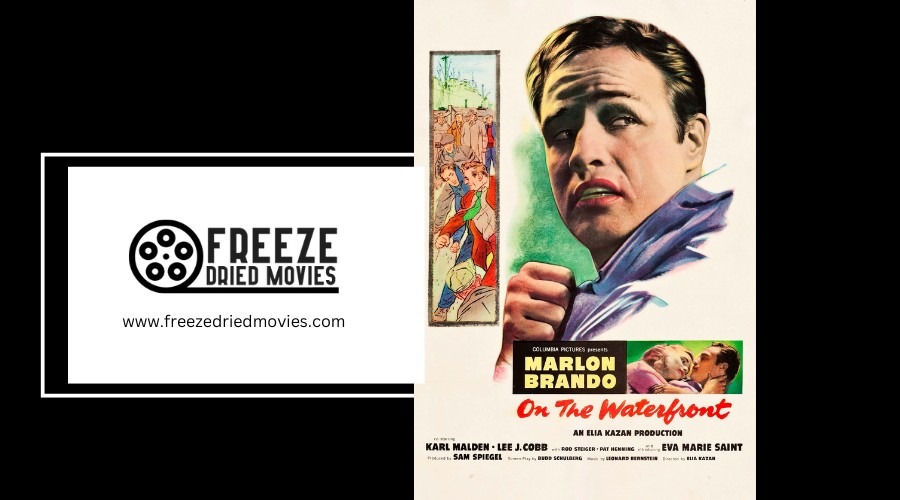
The 1950s era is often referred to as the Golden Age of Hollywood, characterized by a wide array of genres that captivated audiences and garnered critical acclaim. During this period, America experienced a surge in cinematic excellence with films that explored complex themes and showcased advanced filmmaking techniques. The decade saw the rise of film noir, with its moody aesthetics and moral ambiguity, westerns that captured the spirit of the American frontier, and musicals that brought color and fantasy to the big screen. Psychological thrillers began to delve into the deeper recesses of the human psyche, setting a standard for the genre that many films still aspire to.
This era also marked a period of tremendous success for Hollywood, as it held onto its position as the epicenter of the film industry. Quality was the benchmark as filmmakers and studios vied for recognition at prestigious award ceremonies. With iconic performances and stars emerging during this decade, cinema had an enduring impact on popular culture and the arts. Behind this golden era were key filmmakers whose innovative approaches and distinct styles influenced not only their contemporaries but also the future generations of filmmakers. The award-winning films of the 1950s continue to be celebrated not only for their storytelling prowess but also for their contributions to cinema's technical and stylistic developments.
Cultural Impact of 1950s Cinema
The 1950s era was significant in the evolution of the motion picture industry, affecting American society and worldwide audiences. Hollywood's output during this decade saw the birth of new genres and a change in narrative storytelling that left a lasting impression on cinema.
The period was marked by an increase in film noir, characterized by its dark, cynical attitudes and sexual motivations. This influence is still evident in modern crime dramas that value realism and psychological complexity. For instance, the impact of movies like Psycho can be seen across generations of filmmakers who embrace suspense and horror elements.
During the 1950s, the entertainment industry experienced the juxtaposition of film and television. As television became more popular, it forced the film industry to innovate, leading to widescreen formats like CinemaScope and VistaVision.
The rise of the French New Wave brought a significant stylistic shift. Directors like François Truffaut and Jean-Luc Godard introduced new filming techniques, such as jump cuts and unconventional narrative structures, signaling a move away from traditional filmmaking and influencing directors internationally.
In America, the decade also reflected the cultural ethos—a mix of post-war optimism intertwined with Cold War paranoia. The movies often mirrored social conservatism, but there were exceptions that challenged the status quo and previewed the societal shifts that would emerge in the 1960s.
- Key 1950s Movies and Influences
- Influenced modern crime drama: Film Noir
- Innovation in horror: Psycho
- Technique influencers: French New Wave
- Social conservatism mirror: 1950s American films
The decade stands as a testament to cinema's powerful role in mirroring and shaping societal norms and values. Classic films continue to be studied and appreciated for their artistic contributions and cultural commentary.
Key Filmmakers and Their Influence
The 1950s marked a period in cinema history rich with iconic filmmakers, actors, and creatives who shaped the trajectory of the film industry. These artists brought unique styles, groundbreaking performances, and technical advancements that still influence filmmaking today.
Directors and Their Signature Styles
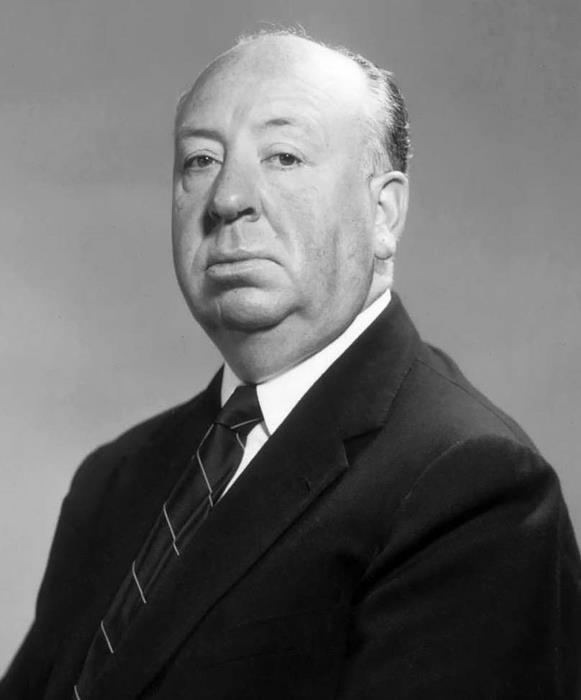
Alfred Hitchcock and Akira Kurosawa were pivotal in this era, both carving out distinctive cinematic styles. Hitchcock, famously known as the "Master of Suspense," brought to life psychological thrillers such as Rear Window. Kurosawa's Rashomon introduced audiences to non-linear storytelling, influencing narrative structures in the film.
Elia Kazan and Cecil B. DeMille also exemplified directorial mastery. Kazan's use of method acting in A Streetcar Named Desire brought intense realism to the screen, while DeMille's epic The Ten Commandments showcased an unparalleled scale in production.

Actors and Career-Defining Performances
The 1950s gave rise to career-defining performances that are still celebrated. Charlton Heston starred as Moses in DeMille's The Ten Commandments, embodying a role that became synonymous with his career. Meanwhile, Marilyn Monroe captivated audiences in Some Like It Hot, showcasing her dramatic and comedic talents.
James Dean's rebel persona came to life in Rebel Without a Cause, and Gregory Peck's portrayal of Atticus Finch in To Kill a Mockingbird—although technically released in 1962, Peck began the decade with memorable roles that gained momentum leading to this iconic part.
The Contribution of Writers and Cinematographers
Writers contributed to the 50s' cinematic landscape by crafting stories that challenged societal norms. Satyajit Ray debuted with Pather Panchali, opening a window to Indian cinema on the global stage. The script's poetic realism resonated with audiences worldwide.
On the technical front, cinematographers like Vittorio De Sica, with Neorealism's hallmark Bicycle Thieves, utilized location shooting and natural lighting to enhance the narrative's emotional impact. This contrasted the controlled studio environments preferred by directors such as William Wyler, who, with films like Ben-Hur, demonstrated the grandeur and detail-oriented approach that only soundstages could provide.
Award-Winning Films and Their Legacy
The 1950s was a golden era for cinema, a period when films not only captivated audiences but also garnered critical acclaim, solidifying their place in cinematic history.
Best Picture Winners and Nominees
"On the Waterfront" (1954) and "From Here to Eternity" (1953) are shining examples of critical darlings from this decade. Not only did they capture the Best Picture Oscars, but their narratives also carved out a new depth in American cinema, exploring social issues and personal integrity.
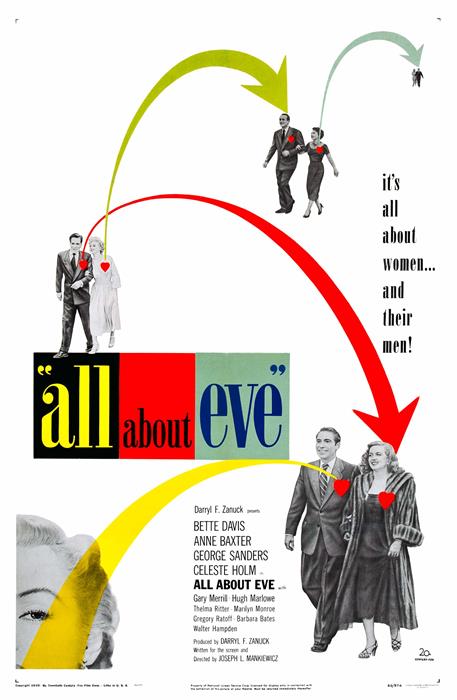
"All About Eve" (1950), standing as a cult classic, tackled the cutthroat nature of show business and remains highly regarded, evidenced by its top rating among IMDb users for 1950s Best Picture winners. Meanwhile, "Ben-Hur" (1959) and "The Bridge on the River Kwai" (1957) impressed with their epic storytelling and large-scale production, setting the bar high for subsequent historical dramas.
- "Roman Holiday" (1953) charmed the Academy with its romantic allure, earning a Best Actress win.
- "High Noon" (1952), though not securing the Best Picture, left an indelible mark with its real-time suspense and moral dilemmas.
International Standouts
Films such as "Rashomon" (1950) and "Seven Samurai" (1954) by Akira Kurosawa introduced the world to the narrative genius and technical mastery of Japanese cinema. Both films received critical acclaim and influenced countless filmmakers around the globe.
- "Pather Panchali" (1955), directed by Satyajit Ray, placed Indian cinema on the international map with its neorealistic approach and poignant storytelling.
"The Wages of Fear" (1953) from France not only won the Palme d'Or at the Cannes Film Festival but also mesmerized with its intense portrayal of human desperation and the lengths one will go to escape poverty.
These award-winning films from the 1950s continue to influence today's filmmakers and remain emblematic of a time when cinema was both an escape and a mirror of the world's complexities. Their legacies endure, serving as benchmarks for storytelling, acting, and direct cinematic innovation.
Genre Exploration and Trends
The 1950s was a decade of diverse genre exploration in American filmmaking, reflecting societal interests and technological advancements. This era saw the popularization of Westerns, marked a significant rise in science fiction films, explored the complex narratives of film noir, and captivated audiences with the spectacle of musicals.
Westerns and the American Frontier

Westerns became symbolic of the 1950s American cinema, capturing the essence of the frontier spirit. 'High Noon' (1952) and 'Shane' (1953) epitomized the struggle between good and evil on the American frontier, tackling themes of courage and moral dilemmas. These films often depicted the American West as a site of both struggle and opportunity, resonating with the post-war American audience.
Rise of Science Fiction and Speculative Themes
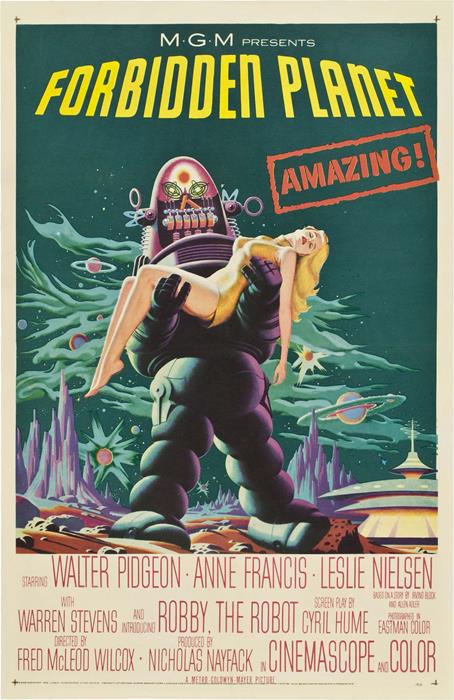
The 1950s marked a significant interest in science fiction, reflecting the anxieties of the Cold War and the fascination with space exploration. Films like 'The Day the Earth Stood Still' (1951) discussed ideas of peace and alien intervention during tense times, while 'Forbidden Planet' (1956) combined Shakespearean narrative with otherworldly settings, showcasing Hollywood's capability to expand the audience's imagination through speculative themes.
Film Noir: Crime, Morality, and Style
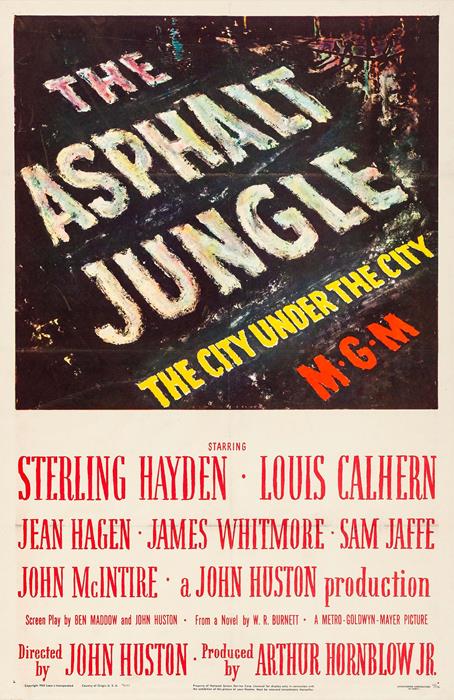
Film noir explored the darker aspects of American society, often delving into crime, morality, and the human psyche. Stylistically, these films employed high contrast lighting and complex narratives, with movies like 'Sunset Boulevard' (1950) and 'The Asphalt Jungle' (1950) standing as strong commentaries on the pitfalls of fame, murder, and greed, set against the backdrop of Hollywood itself.
Musicals and Their Escapist Appeal
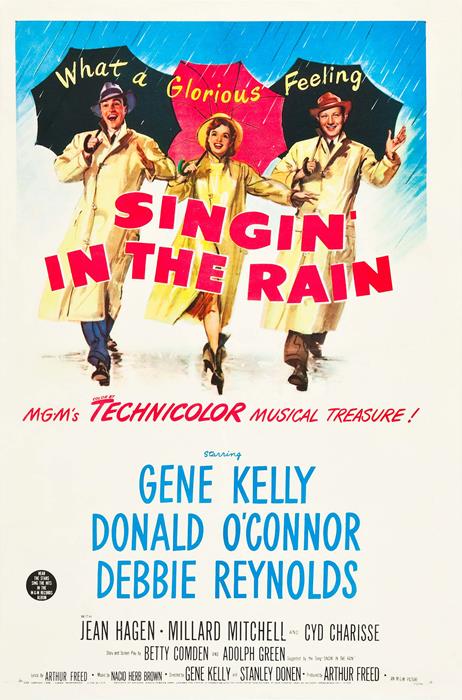
Musicals in the 1950s provided an escapist appeal amidst the decade’s socio-political tensions. Timeless classics, such as 'Singin' in the Rain' (1952), captivated audiences with elaborate dance numbers and the glitz and glamour of Hollywood's golden era. Through musicals, filmmakers provided a joyful respite from the era's concerns while often commenting on the industry and society through its storylines and characters.
Iconic Performances and Stars
The 1950s were a golden age for cinema, marked by memorable performances that catapulted actors and actresses into stardom. This era showcased leading men who defined masculinity in new ways, women whose roles broke the mold, and supporting actors whose performances often threatened to eclipse those of the stars.
Leading Men of the 1950s
The decade saw Marlon Brando revolutionize acting with his use of method acting, particularly in On the Waterfront, which earned him an Academy Award. James Stewart continued to display his versatile acting chops in Rear Window, while John Wayne solidified his status as a Western icon with his role in The Searchers. Gary Cooper's stoic heroism was never more evident than in High Noon, and Alan Ladd brought a quiet intensity to his roles, including his performance in Shane. Tony Curtis emerged as not only a heartthrob but also a serious actor with films like Sweet Smell of Success.
Legendary Actresses and Their Roles
Audrey Hepburn was the epitome of grace and charm, as seen in Roman Holiday, for which she received an Oscar. Gloria Swanson's portrayal of Norma Desmond in Sunset Boulevard redefined the comeback narrative for actresses. Bette Davis's portrayal of an aging theater star in All About Eve provided depth and nuance to complex female characters, while Anne Baxter played the ambitious ingénue in the same film. Vivien Leigh's performance in A Streetcar Named Desire was a tour de force, and Marilyn Monroe began her rise as the ultimate symbol of glamour and vulnerability with films like Some Like It Hot.
Supporting Actors Who Stole the Scene
In an era dominated by stars, supporting actors were often the unsung heroes of cinema. They delivered unforgettable performances that, while not always in the spotlight, added depth and dynamism to the storytelling of the 1950s. These memorable performances contributed significantly to the films' successes and left a lasting impact on audiences and critics alike.
Memorable Movie Themes and Narratives
During the 1950s, cinema explored a diversity of themes that resonated with the audience's post-WWII sensibilities. The era produced narratives that confronted the paranoia of the Cold War and reflected the success and challenges of the times.
- Murder and Clues: A survival theme from the film noir era, murder mysteries like Rashomon captivated audiences with complex evidence trails and multi-perspective storytelling.
- Suspense and Paranoia: Themes like suspense and paranoia were masterfully woven into scripts, echoing societal fears about nuclear annihilation and espionage.
The 1950s saw the emergence of movies tackling personal conflicts and relationships, such as illicit affairs. These were often portrayed with great nuance and led to questions about morality and society. Films like Vertigo presented these personal dramas against a backdrop of psychological thrills.
Acting and Production: The decade distinguished itself with a heightened focus on the craft of acting and the quality of the script. Sterling performances left indelible marks on the landscape of cinema.
| Element | Description |
|---|---|
| WWII | Cinematic reflections on the recent conflict often offered catharsis and a historical lens to view present challenges. |
| Success | Narratives often revolved around the American Dream and its attainability, critique, or endorsement. |
These stories were told with compelling acting and scripts, leading to some of the most memorable and award-winning films of the era. The 1950s remain a testament to the era's ability to capture the complexity of human emotion and societal issues through powerful narratives on screen.
Technical Innovations and Style
The 1950s marked a revolutionary period in the filmmaking industry, particularly in Hollywood. Technical innovations significantly elevated cinematic storytelling, and filmmakers embraced new technologies and styles that transformed the moviemaking process and viewing experience.
Cinematography and WideScreen Formats
One of the most significant technical advancements was the introduction of wide-screen formats such as CinemaScope, which offered audiences an immersive experience with a broader field of vision. This format became synonymous with epic storytelling, enhancing the visual impact of landscapes and action scenes.
Color Technology
In the 1950s, the utilization of Technicolor also became increasingly refined and widespread. It allowed for richer and more vibrant color palettes, which directors used to convey mood and emotion more dramatically. Technicolor changed movies by making them more visually appealing and engaging for viewers.
Special Effects
Special effects took a leap forward, with filmmakers employing innovative techniques to create illusions that were previously impossible. Groundbreaking special effects not only captivated audiences but also set new standards for what could be achieved on screen.
These advancements not only impacted direction and cinematography but also set the stage for a new wave of storytelling. Renowned filmmakers of the time explored these innovative tools to their fullest, crafting iconic movies that are celebrated for their technical and aesthetic accomplishments. These movies not only won awards but also secured their place in cinematic history.
The Influence of 1950s Movies on Modern Cinema
The 1950s marked a transformative era for Hollywood filmmaking, where a blend of artistic triumphs and technical innovations laid the groundwork for the contemporary cinematic experience. The period's storytelling experimented with complex themes, often diving into the depths of human character and societal issues. Examples include Sunset Boulevard and On the Waterfront, which explored darker aspects of success and the human condition, such as the price of fame and the struggle for integrity.
Japanese Cinema, in particular, made substantial contributions to global film techniques. Akira Kurosawa, an iconic filmmaker of the era, introduced a level of storytelling that influenced directors worldwide. Rashomon's innovative narrative structure—telling a murder story from multiple perspectives—paved the way for modern films that challenge audiences with intricate plots and unreliable narrators.
The international acclaim of 1950s movies also opened up Hollywood to global influences. Directors like India’s Satyajit Ray were inspired by the realism and emotional depth of Italian neorealism, intertwined with the social and cultural fabric of their own stories. Ray’s Pather Panchali is one instance where the hallmark qualities of a 1950s movie met with India’s distinctive narrative style, subsequently inspiring filmmakers across the world.
The legacy of 1950s movies extends to the very fabric of modern filmmaking – the craftsmanship, thematic richness, and narrative boldness of the era continue to resonate with today's filmmakers, helping to ensure the 1950s remains a foundational decade for quality and innovation in cinema.
Frequently Asked Questions
This section provides clear answers to some of the common questions about the award-winning films from the 1950s, focusing on the Academy Awards and the influential cinema of the decade.
Which film won the Academy Award for Best Picture in the 1950s?
The film "All About Eve" was awarded Best Picture at the Academy Awards in 1950 and is highly rated with an 8.2 on IMDB.
What are some notable movies from the 1950s that won major awards?
"A Place in the Sun," "A Streetcar Named Desire," and "The Quiet Man" are some of the notable movies from the 1950s that received Best Picture nominations.
How many films from the 1950s have won all 5 major awards?
No film from the 1950s won all five major Academy Awards (Best Picture, Director, Actor, Actress, and Screenplay).
Are there any 1950s Best Picture winners available to stream on Netflix?
Information about the availability of 1950s Best Picture winners on Netflix can frequently change due to licensing agreements, so viewers would need to check Netflix's current catalog for these films.
What were the most influential genres of Hollywood movies in the 1950s?
Genres such as drama, suspense, and musicals were influential in Hollywood during the 1950s, with directors like Alfred Hitchcock delivering masterpieces in suspense and thrillers.
Can you list all the Best Picture nominees from the year 1950?
The Best Picture nominees for 1950 included the films "All About Eve," "The Asphalt Jungle," "Born Yesterday," "Father of the Bride," and "King Solomon's Mines."

